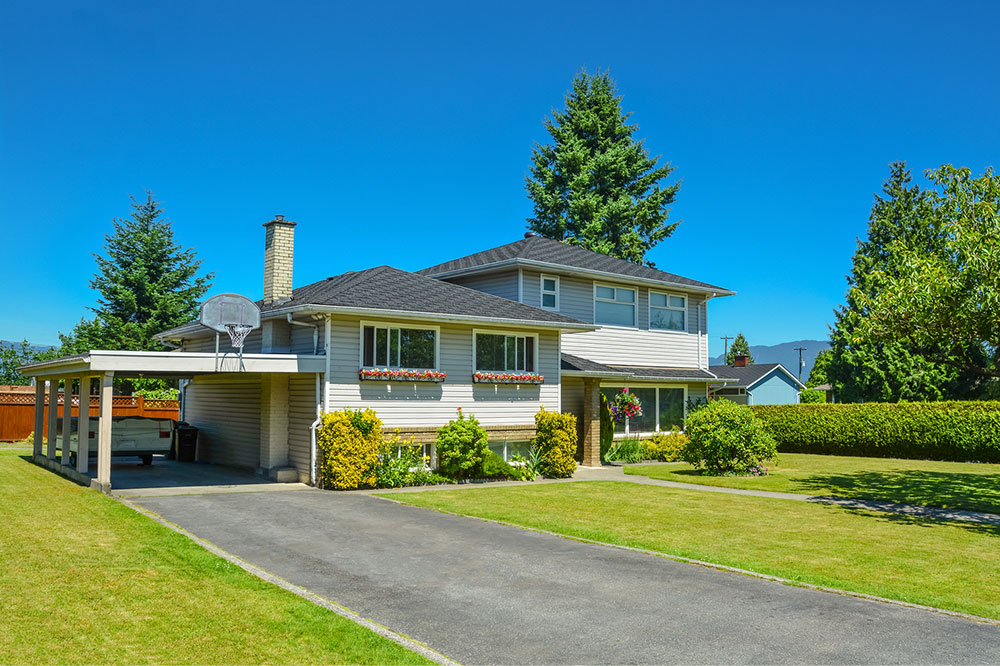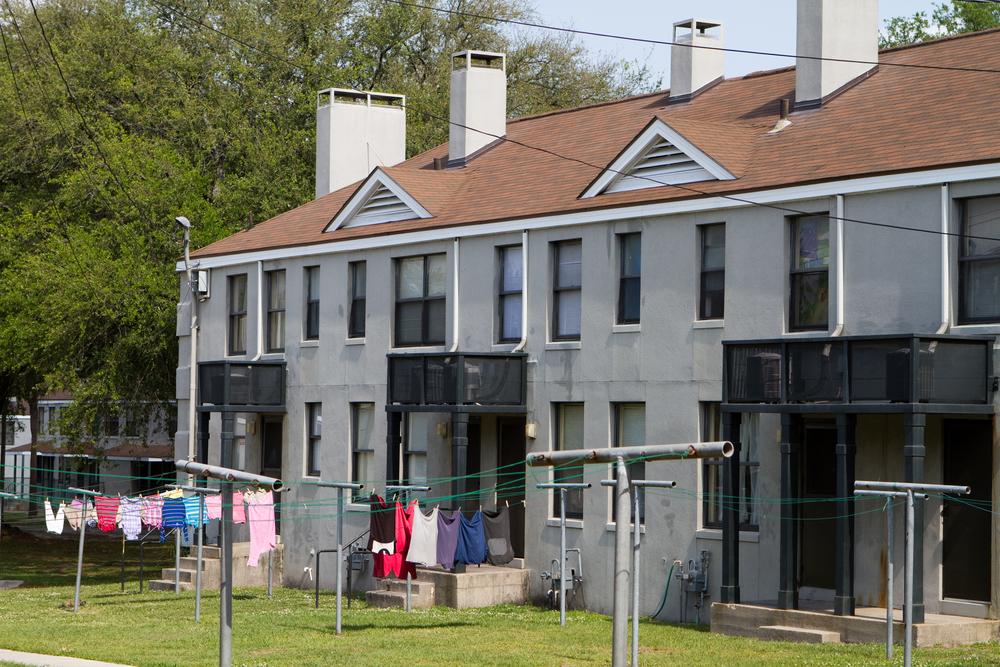Affordable Housing Solutions for Low-Income Families
Discover affordable housing options for low-income families through government programs, public housing, and private community incentives. This guide highlights how to locate and access budget-friendly rentals across different locations, ensuring access to quality homes without exceeding your budget. Learn about eligibility, application processes, and strategic location planning for affordable living solutions tailored to your needs.

Affordable Housing Solutions for Low-Income Families
Securing a budget-friendly home, whether for purchase or rent, poses challenges for many. Low-income households often struggle to find quality housing within their financial limits, especially in desirable neighborhoods. Fortunately, recent advancements have expanded affordable housing options. Numerous online platforms and resources now assist individuals in locating affordable rental properties across cities and towns nationwide.
Low-cost Residential Alternatives
If meeting monthly rent is difficult, consider relocating within the same city to areas with more affordable housing options.
Moving to neighboring towns or cities known for low-rent communities can also be a viable option. When exploring new locations, examine factors such as local culture, available amenities, school districts, safety, transportation, and overall living costs, including food and transportation. Sometimes, staying in your current area may be more cost-effective than moving elsewhere.
You can also seek out areas with government-backed affordable rent programs.
Government Initiatives for Affordable Renting
Various federal, state, and local programs exist to support low-income individuals and families in finding suitable rental homes. The U.S. Department of Housing and Urban Development (HUD) oversees several initiatives to facilitate access to quality housing in safe neighborhoods. Options include public housing communities and subsidized rentals from private landlords.
Public Housing Options
Look for Public Housing or scattered-site programs offering affordable apartments or houses. If eligible for programs like Total Tenant Payment (TTP), tenants pay a portion of their income toward rent, with the rest subsidized by housing authorities. These units are managed by public agencies or housing authorities.
Section 8 Housing Vouchers
The Housing Choice Voucher program allows tenants to rent privately owned properties that meet program standards. If approved, tenants pay around 30% of their household income toward rent, with the government covering the remaining amount. Renters can select from a range of approved private units, making this a flexible option.
Low-Income Housing Tax Credit (LIHTC)
Under LIHTC, property owners receive tax incentives to lease units at reduced rates. These communities often include a mix of market-rate and low-rent units, with rent levels adjusted based on earnings. Managed mainly by private developers, the program promotes tiered rent systems catering to different income groups.
Additional Assistance Programs
Other rental assistance options are available for specific groups, such as victims of natural disasters, seniors, immigrants, and individuals with disabilities. For example, the Housing for Victims of Natural Disasters program offers aid to displaced families, while sections like 202 Supportive Housing assist the elderly. Applicants should research local resources and submit applications early, as waiting lists may be long.
Most schemes require tenants to contribute around 10-30% of their household income toward rent, enabling access to safe, well-equipped residences in good neighborhoods. Careful location selection ensures access to quality schools and infrastructure.










